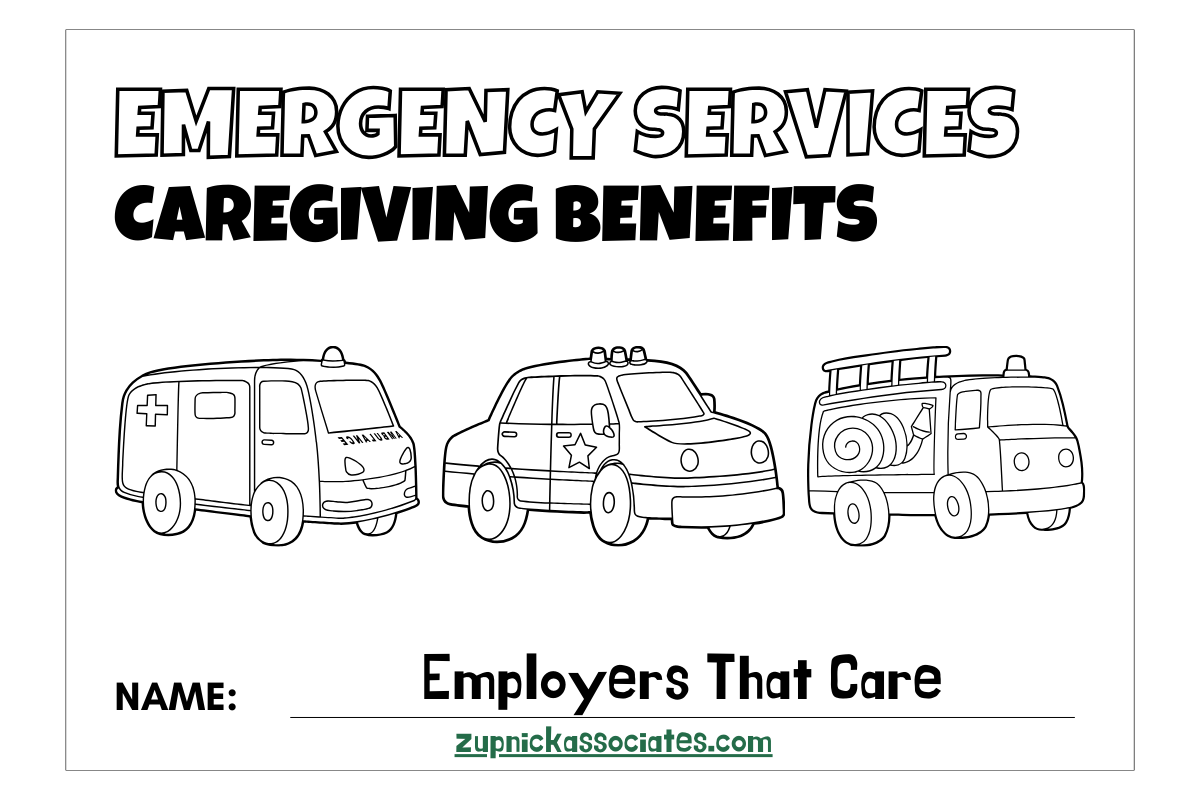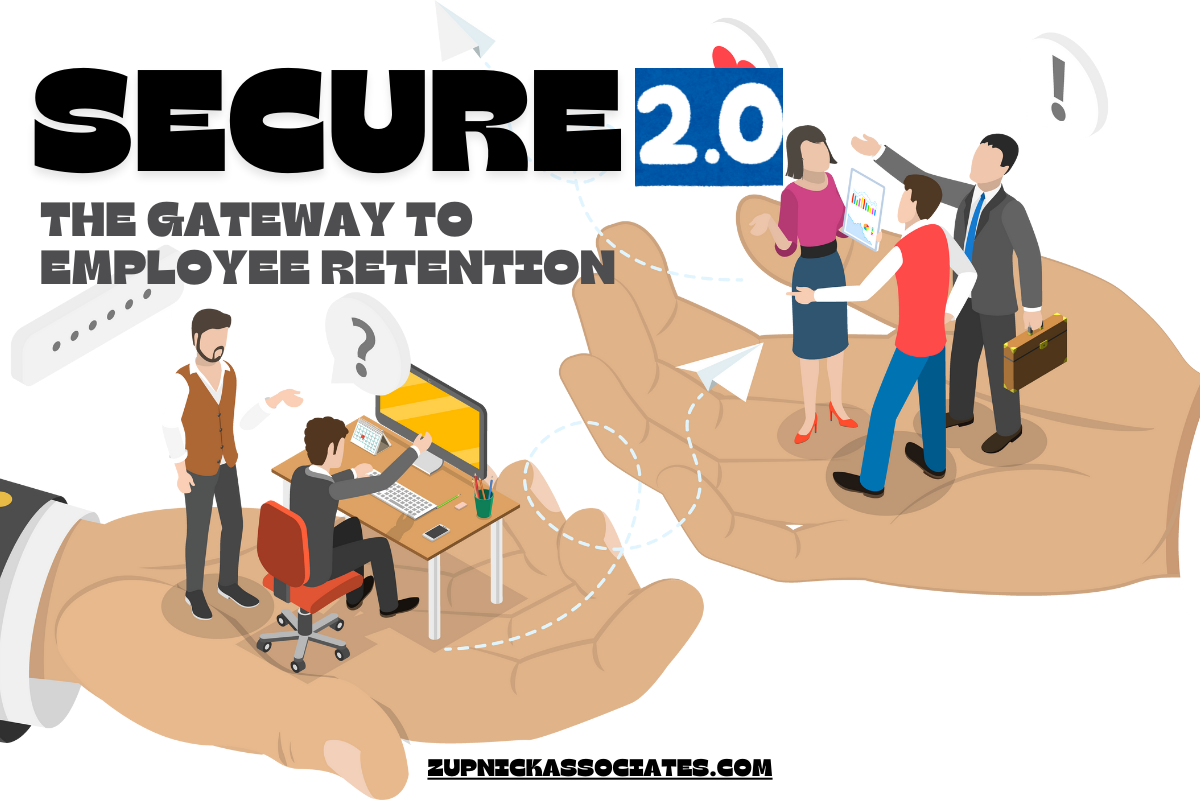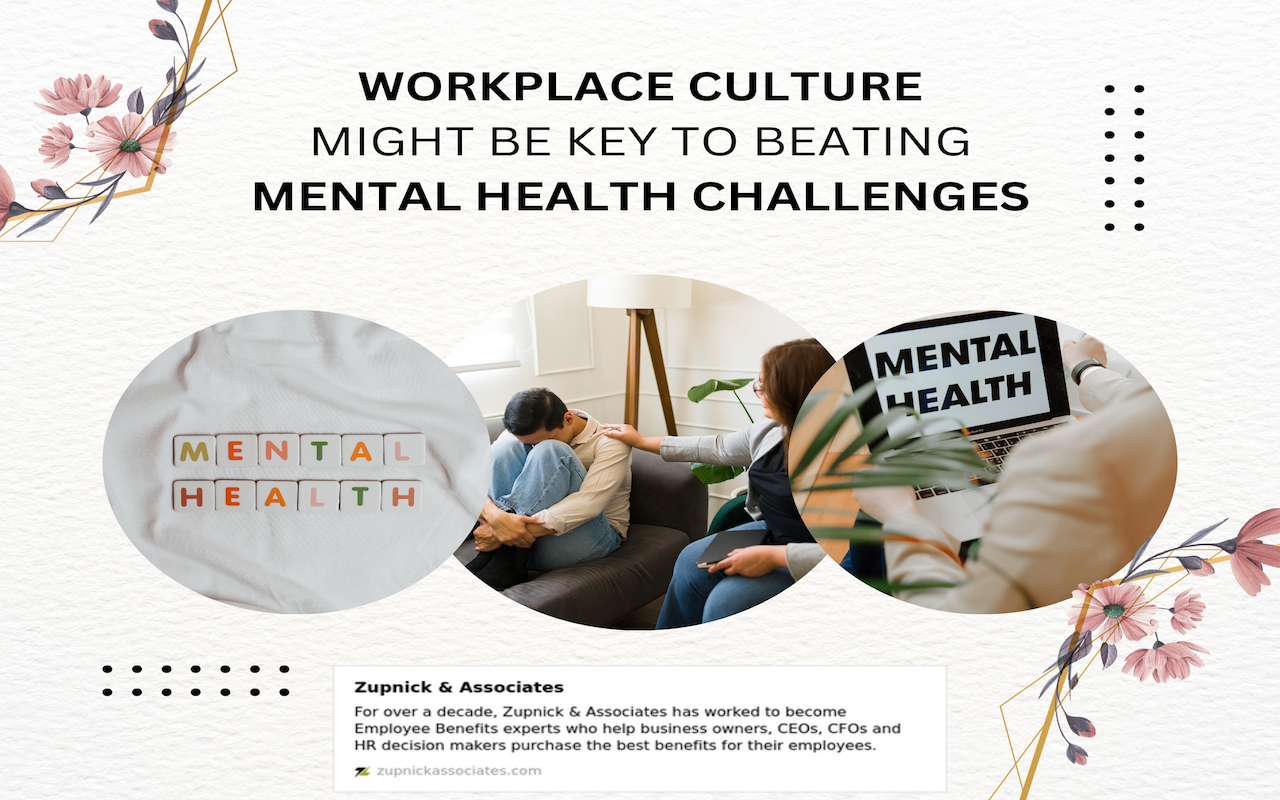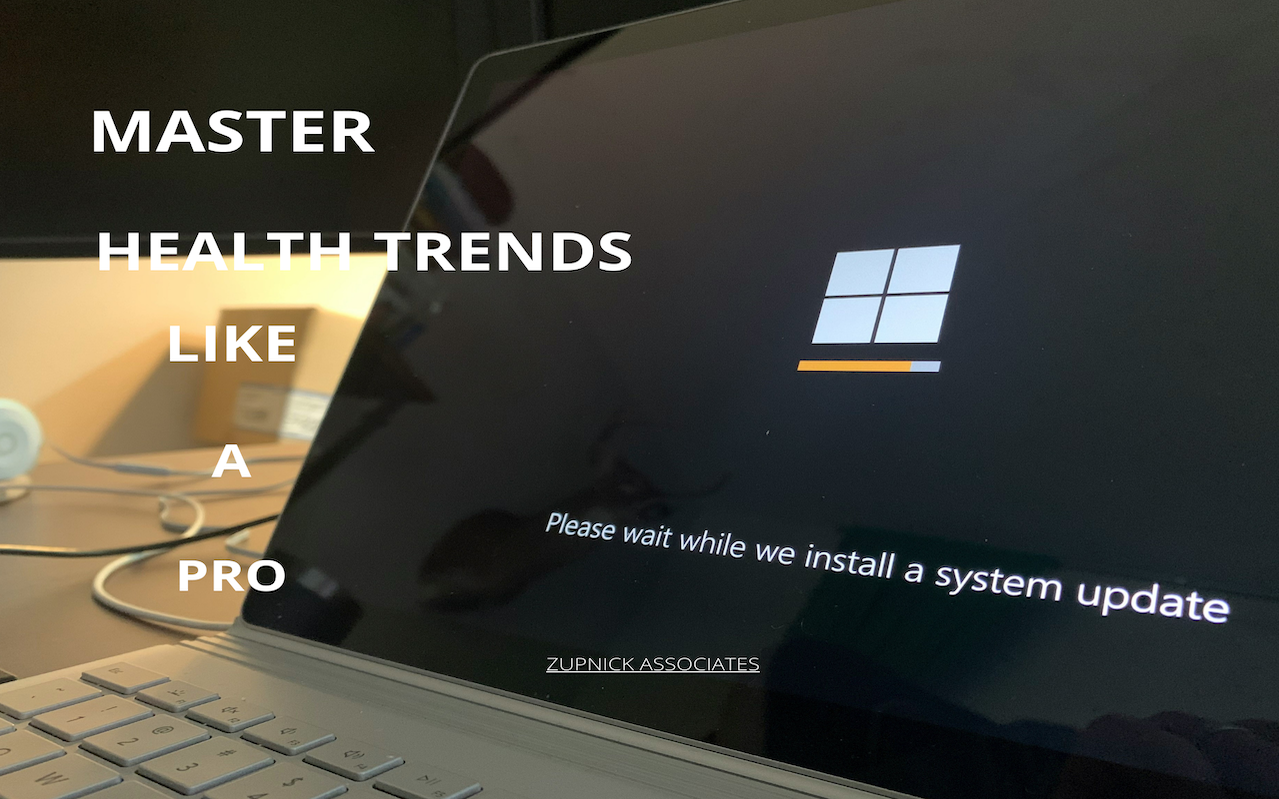Our blog


By Eliezer Zupnick
•
January 28, 2025
The healthcare industry in 2025 is undergoing a seismic shift, driven by new transparency regulations aimed at demystifying health plan costs. These regulations promise to empower employers and employees alike, promoting informed decision-making and potentially reducing overall healthcare expenses. But what does this mean for businesses, and how can they adapt to this evolving landscape? The Push for Transparency In recent years, the rising cost of healthcare has prompted both consumers and policymakers to demand greater clarity in health plan pricing. Enter the new transparency regulations—policies designed to ensure that insurers and providers disclose detailed pricing information. From upfront cost estimates for medical procedures to detailed breakdowns of premiums, these measures aim to provide a clearer picture of where healthcare dollars go. Key Features of the 2025 Transparency Regulations Real-Time Cost Estimation Tools: Health plans must now offer tools that provide real-time estimates for out-of-pocket costs. Employees can check the cost of services like MRIs or surgeries before committing, enabling them to make cost-effective choices. Mandatory Price Disclosures: Insurers are required to publicly share negotiated rates for in-network providers and allowed amounts for out-of-network care. This information fosters competition among providers and insurers, which may drive prices down. Enhanced Employer Reporting: Employers sponsoring group health plans must receive detailed reports on claims and utilization trends. These insights help businesses identify cost-saving opportunities and negotiate better terms with insurers. Prescription Drug Transparency: Detailed reporting on prescription drug spending is now mandatory, shedding light on factors driving costs and helping employers manage this significant expense. The Impact on Health Plan Costs These regulations are already starting to reshape the healthcare marketplace in profound ways: Increased Competition Among Providers: With pricing information more accessible, providers are incentivized to offer competitive rates to attract patients. Greater Accountability for Insurers: Insurers face mounting pressure to justify premiums and other costs, potentially leading to more affordable health plans. Empowered Consumers: Employees now have the tools to make informed healthcare decisions, potentially reducing unnecessary spending. Challenges for Employers: While transparency offers long-term cost-saving potential, employers may face initial challenges in navigating and implementing the new requirements. Strategies for Employers to Adapt Leverage Technology: Invest in user-friendly platforms that help employees understand and compare healthcare costs. Partnering with benefits providers that offer intuitive tools is crucial. Educate Your Workforce: Transparency is only effective if employees know how to use the information. Conduct workshops or provide resources that explain how to interpret cost data and choose wisely. Optimize Plan Design: Use the data provided under the new regulations to identify inefficiencies in your current health plans. Consider adopting value-based insurance designs that prioritize high-value care. Engage in Direct Contracting: Direct Primary Care (DPC) and other direct contracting models can bypass traditional insurance, offering transparent pricing and substantial savings. Looking Ahead The transparency regulations of 2025 mark a turning point for healthcare in the U.S. By fostering greater clarity and accountability, they have the potential to curtail rising costs and enhance care quality. However, adapting to these changes will require proactive strategies from employers and benefits advisors. For businesses, this is an opportunity to not only reduce expenses but also enhance employee satisfaction by offering plans that are easier to navigate and understand. With the right approach, the transparency era can be a win-win for everyone involved.

By Eliezer Zupnick
•
January 6, 2025
Employers are constantly seeking ways to attract and retain top talent, and one key way to do so is by offering a comprehensive benefits package. With open enrollment for 2025 on the horizon, it's crucial for employers to understand how to maximize employee benefits to meet the needs of their workforce. By staying up-to-date on trends, communicating effectively, and ensuring legal compliance, employers can create a benefits package that not only meets the needs of their employees but also helps to differentiate them in the competitive job market. Understanding Employee Needs One of the first steps in maximizing employee benefits for open enrollment 2025 is understanding the needs and preferences of your workforce. Conducting surveys or focus groups can provide valuable insights into what benefits are most important to employees. By gathering feedback directly from employees, employers can tailor benefits packages to better meet the specific needs of their workforce. Updated Benefits Options for 2025 As the workforce evolves, so do employee benefits. Employers should stay current on trends in benefits offerings for 2025 to remain competitive in the market. Some new benefits options for 2025 may include mental health support, student loan repayment assistance, and flexible work arrangements. By offering a range of benefits that cater to different employee demographics, employers can ensure their benefits package is attractive to a diverse workforce. Communication Strategies Effective communication is key when it comes to open enrollment. Employers should clearly communicate updates and changes to benefits offerings to employees, providing resources and support throughout the decision-making process. Whether through email, in-person meetings, or digital platforms, ensuring that employees understand their benefits options can lead to higher engagement and participation in open enrollment. Maximizing Employer Contributions Employers can further enhance their benefits package by maximizing employer contributions. Offering a matching program or incentives for employees to participate in certain benefits can increase employee engagement and satisfaction. By investing in their employees' well-being, employers can create a positive work environment that fosters loyalty and commitment. Legal Compliance and Regulations While offering employee benefits is important, it's crucial for employers to stay up-to-date on legal compliance and regulations. Failure to comply with laws related to benefits offerings can result in costly fines and legal consequences. Employers should regularly review their benefits package to ensure it aligns with legal requirements and seek legal counsel if needed to stay compliant. In conclusion, maximizing employee benefits for open enrollment 2025 is essential for employers looking to attract and retain top talent. By understanding employee needs, staying current on benefits trends, communicating effectively, maximizing employer contributions, and ensuring legal compliance, employers can create a benefits package that sets them apart in the competitive job market. Taking these steps not only benefits employees but also contributes to a positive and thriving workplace culture.
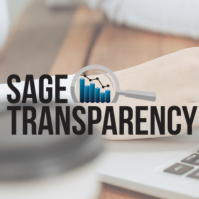
By Eliezer Zupnick
•
August 22, 2024
Healthcare costs are a big worry for employers and employees. The healthcare system is complex, often leaving people confused about what they’re paying for and why. However, transparency tools like Sage Transparency™ are helping change this. These tools make healthcare prices, quality, and outcomes clear, allowing people to make informed decisions and save on medical bills.




